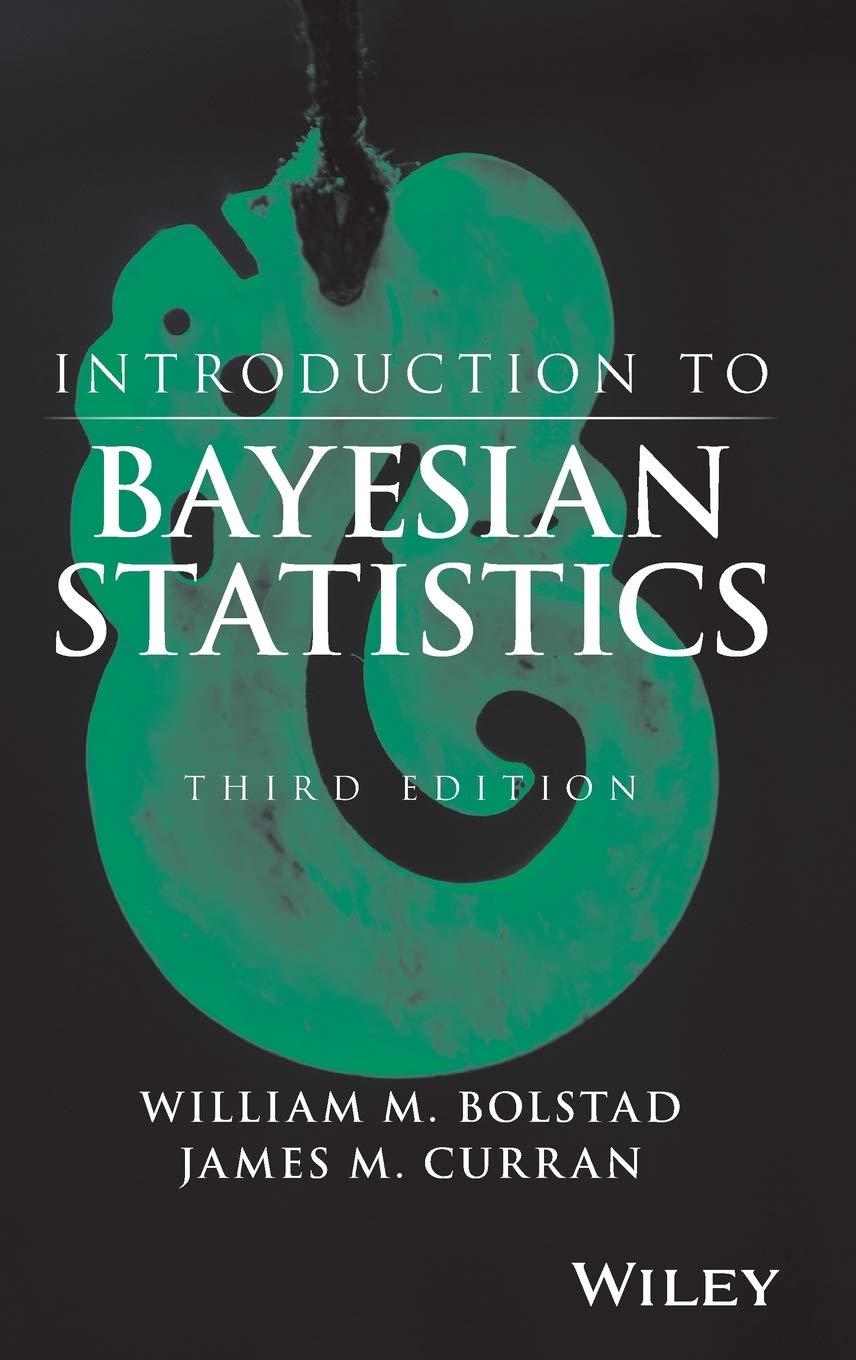The last half of the twentieth century saw great change in the role of women in New
Question:
The last half of the twentieth century saw great change in the role of women in New Zealand society. These changes included education, employment, family formation, and fertility, where women took control of these aspects of their lives. During those years, phrases such as women's liberation movement and the sexual revolution were used to describe the changing role of women in society. In 1995 the Population Studies Centre at the University of Waikato sponsored the New Zealand Women Family, Employment, and Education Survey (NZFEE) to investigate these changes. A random sample of New Zealand women of all ages between 20 and 59 was taken, and the women were interviewed about their educational, employment, and personal history. The details of this survey are summarized in Marsault et al. (1997). Detailed analysis of the data from this survey is in Johnstone et al. (2001).
Have the educational qualifications of younger New Zealand women changed from those of previous generations of New Zealand women? To shed light
on this question, we will compare the educational quali cations of two generations of New Zealand women 25 years apart. The women in the age group 2529 at the time of the survey were born between 1966 and 1970. The women in the age group 5054 at the time of the survey were born between 1941 and 1945 .
(a) Out of 314 women in the age group 25 29, 234 had completed a secondary school quali cation. Find the posterior distribution of \({ }_{1}\), the proportion of New Zealand women in that age group who have a completed a secondary school quali cation. (Use a uniform prior for 1.)
(b) Out of 219 women in the age group 50 54, 120 had completed a secondary school quali cation. Find the posterior distribution of \({ }_{2}\), the proportion of New Zealand women in that age group who have a completed a secondary school quali cation. (Use a uniform prior for 2.)
(c) Find the approximate posterior distribution of \(1 \quad 2\).
(d) Find a 99\% Bayesian credible interval for \({ }_{1}{ }_{2}\).
(e) What would be the conclusion if you tested the hypothesis
\[
H_{0}:{ }_{1} \quad{ }_{2}=0 \text { versus } H_{1}: \quad{ }_{1} \quad{ }_{2}=0
\]
at the \(1 \%\) level of significance?
Step by Step Answer:

Introduction To Bayesian Statistics
ISBN: 9781118091562
3rd Edition
Authors: William M. Bolstad, James M. Curran





